Money in Fiji: A Tourist Guide to ATMs, Cards and Exchange
This post may contain affiliate links. If you make a purchase using one of these links, I may receive a small reward at no extra cost to you. See my Disclosure Policy for more information.
Going to Fiji? Need to know how much money to bring and if you can use your card instead? This tourist guide to money in Fiji is for you!
| Best foreign currency to bring | USD, AUD, NZD |
| Where to exchange? | Banks, exchange bureaus |
| ATMs without a fee | Bank of Baroda |
| Can you use Revolut, Wise, Monese, etc? | Yes! |
| Cash or card? | Mostly cash |
For the details, here’s the full guide to money in Fiji for tourists!
Currency in Fiji
The currency in Fiji is the Fijian Dollar with code FJD or FJ$.
It’s been quite stable for the past 20 years, oscillating around:
- 1 FJD = 0.7 AUD
- 1 FJD = 0.75 NZD
- 1 FJD = 0.45 USD
The Fijian dollar banknotes are 2, 5, 7, 10, 20, 50, and 100.
Yes, 7 Fiji Dollars – not a mistake! There are 2 commemorative banknotes both worth 7 FJD each for the Fiji Rugby 7s Olympic wins in Rio De Janeiro (2016) and in Tokyo (2022). The 2016 one is a lot more common, though still rare enough to make it hard to find, should you want to keep one as a souvenir.
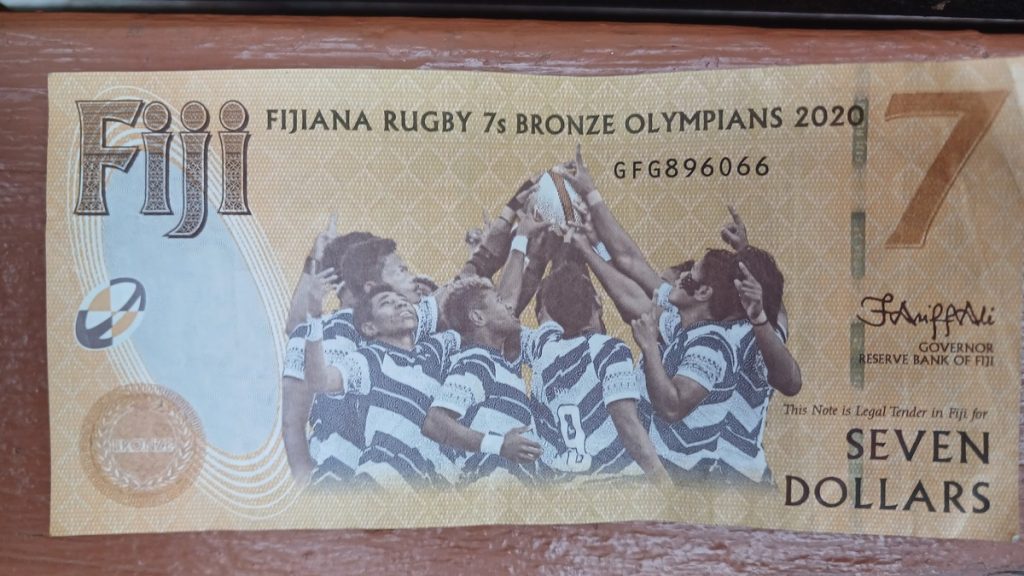
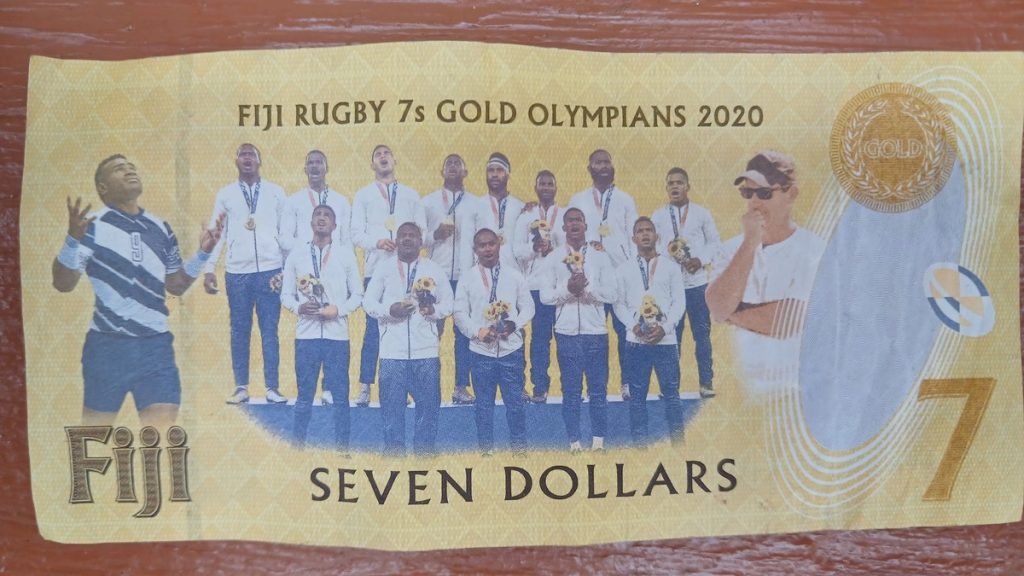
The coins in circulation are 5c, 10c, 20c, 50c, 1$, and 2$.
There are both paper and polymer banknotes and both are legal tender.
Can you use your card in Fiji?
Yes, you can use your foreign card to pay for some things in Fiji.
Foreign card payments are not that common though and will incur a 2% to 3% commission.
Smaller supermarkets, traditional open-air markets, family-run guesthouses, etc. will only accept cash.
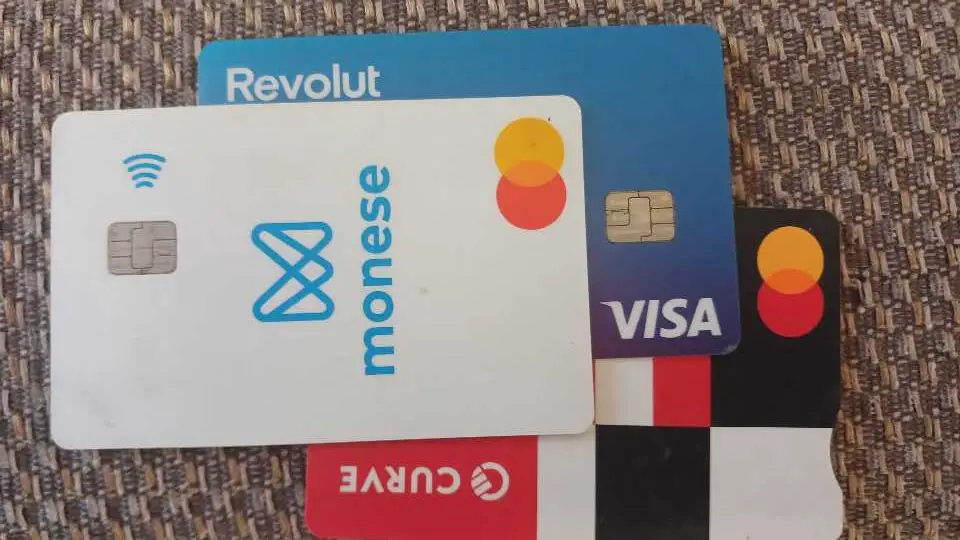
All kinds of cards are accepted: Visa, Mastercard, Maestro, American Express, etc.
ATMs in Fiji
Honestly, I found it somewhat difficult to find the ATM I needed in Fiji. But that’s because I wanted one specific bank’s ATMs as they are the only ones that don’t charge a withdrawal fee.
There are enough ATMs in bigger cities like Nadi and Suva. There is at least 1 Bank of Baroda ATM in each city too.
If you go to more rural areas or outlying islands, you should carry cash.
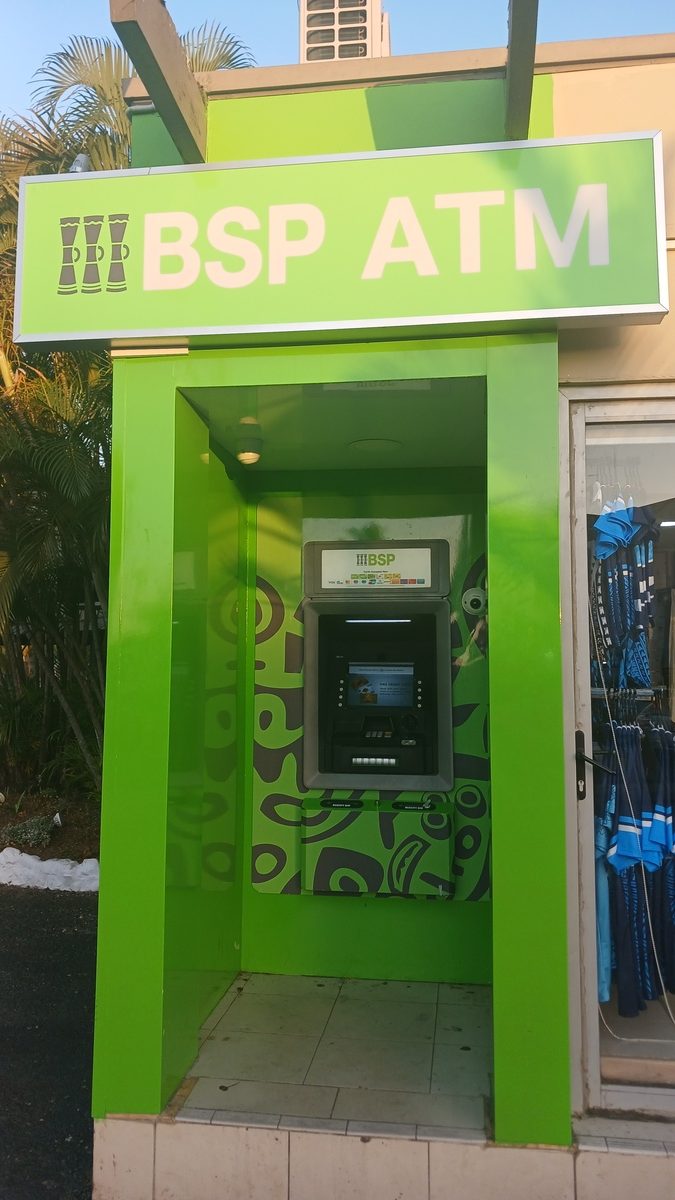
ATMs in Fiji accept all sorts of cards but Visa and Mastercard are definitely accepted.
The maximum withdrawal limit on most ATMs is 400 FJD per single withdrawal but you can do more consecutively.
Withdrawal Fees
Here comes the tricky part – avoiding those pesky ATM withdrawal fees. I’m not talking about the fees you get charged by your bank – those you can avoid by using a FinTech solution like Revolut, Curve, or Monese.
Most ATMs in Fiji charge a withdrawal fee of either 10 FJD or 15 FJD. These include the most popular banks: ANZ which charges 15 FJD and BSP which charges 10 FJD per withdrawal.
ATMs without withdrawal fees
Only Bank of Baroda doesn’t charge foreign cards for ATM withdrawals in Fiji.

Unfortunately, Bank of Baroda (BoB) is one of the less common banks in Fiji. On the main island of Viti Levu, there are only a handful of their ATMs.
There is 1 BoB ATM in Nadi, 3 in Suva and 1 in Lautoka. You can check their ATM locator for more specific info.
Unfortunately, there is no Bank of Baroda ATM at Nadi Airport which leaves you with 2 options when you arrive there (which you will as 99% of flights land there):
- withdraw cash from the ANZ ATM there and pay a 15 FJD fee OR
- exchange a small amount of money to get to Nadi town and then withdraw for free from a BoB ATM.
Bank of Baroda is easily recognizable by its bright orange colors.
Exchanging Money in Fiji
On arrival at Nadi Airport, there are only 2 exchange bureaus.
You’d want to use the one in the departures area (not arrivals!) because the rates are better.
Outside of the airport, there are exchange bureaus in the centers of the main cities- Nadi, Suva, Lautoka, and possibly in other towns too.
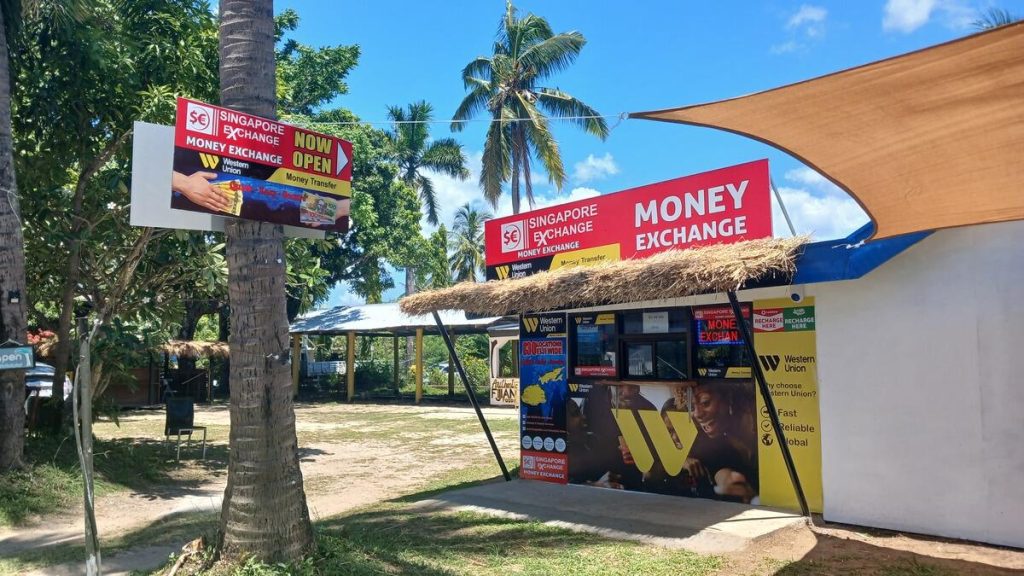
What currency to bring
The best foreign currencies to bring to Fiji are:
- Australian Dollar
- New Zealand Dollar
- United States Dollar
Euros and British Pounds are also exchangeable. Other currencies – less so.
How much cash to bring to Fiji?
This depends on your way of traveling and your budget. Also, since you can readily withdraw Fijian Dollars by card from an ATM, you don’t need to bring a ton of foreign cash.
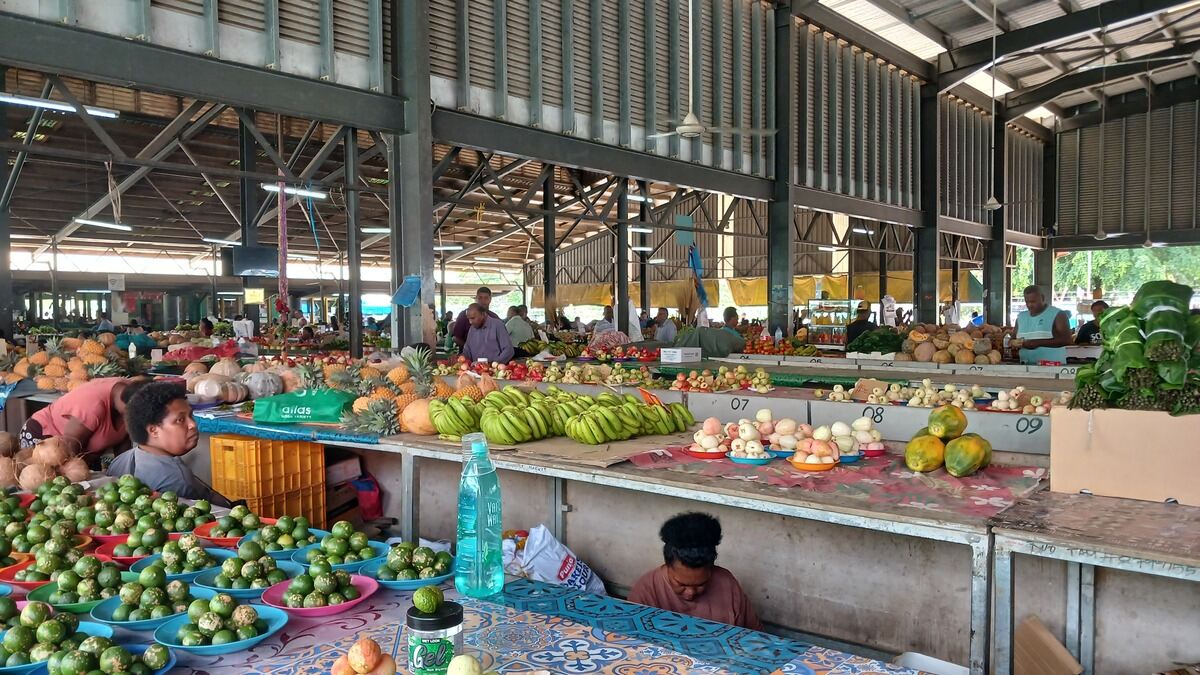
When I went to Fiji, I had 300 AUD and 160 USD stashed away. I only exchanged 10 USD at the airport so I could get to Nadi town and withdraw money there (Bank of Baroda has no withdrawal fees, remember).
I also paid by card a few times. This is not the most economical option, as I got charged 2 or 3% every time but for small purchases, I could bear it.
Is Fiji Expensive?
Fiji can be relatively expensive because:
- A lot of the products are imported
- Ferry transport is monopolized and fuel is expensive
You can get by on the cheap if you do like the locals – eat simple local food like fish and cassava, drink kava instead of alcohol (which is very expensive due to tax and duty), and minimize the number of ferries you take.
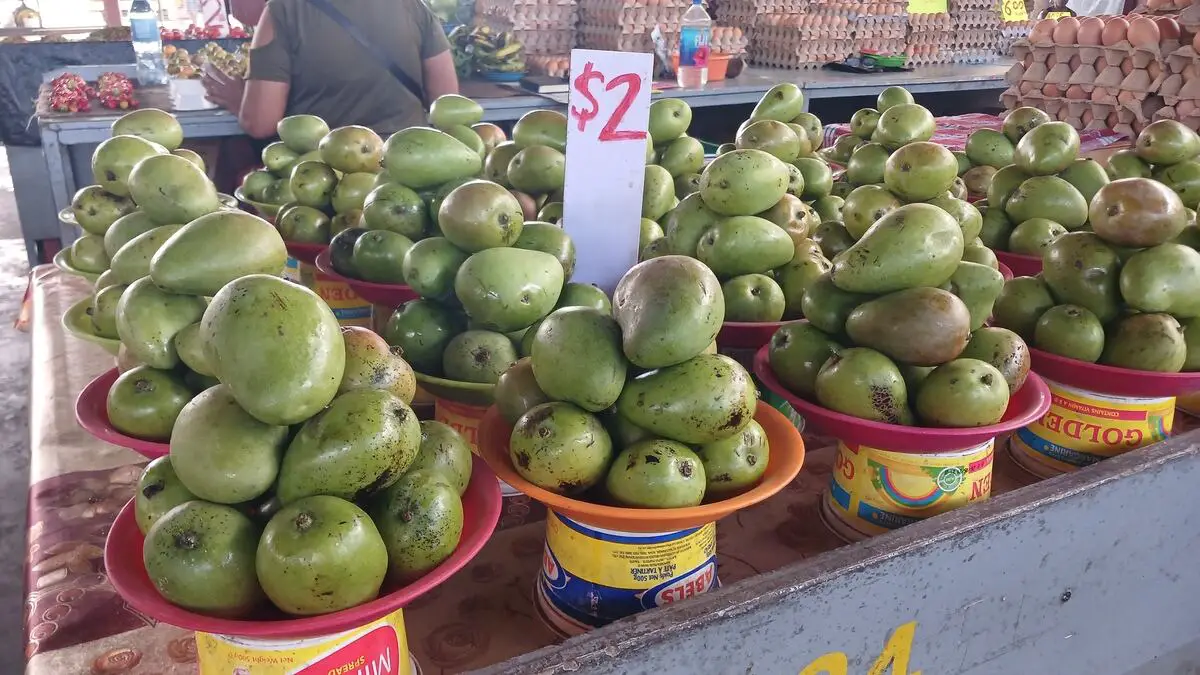
On the other hand, Fiji can be a pretty luxurious destination if you go to a private resort on a remote island and like like a Melanesian King.
Example Prices
These are actual price ranges for 2024. All prices are in Fijian Dollars. 1FJD ~=0.45 USD.
- Pineapple on a stick (traditional market): 0.5-1 FJD.
- Small kava cup (traditional market): 0.25-0.5 FJD (free if you make friends).
- Bottle of Fiji Water (supermarket): 3-4 FJD
- 1 kg tangerines (supermarket): 20 FJD
- Indian meal in a small eatery: 7-12 FJD
- Latte: 5-8 FJD
- Some sugary juice drink from a street vendor: 3 FJD
- Bottle of wine: 15-40 FJD
- Entrance fee to the biggest Hindu Temple in the Southern Hemisphere (Sri Siva Subramaniya Temple in Nadi): 5 FJD
- Bus from Nadi to Suva: 18-22 FJD
- Budget hostel: 24-50 FJD
- Mid-range hotels: 90-300 FJD;
- Ferry to Mana Island from Nadi (Port Denarau): 160 FJD (one way)
- Malamala Beach Club Full-Day Tour: ~165 FJD (73 USD)
- River Tubing in Viti Levu: ~295 FJD (130 USD)
- Travel Insurance from SafetyWing (covers you in Fiji): ~22 USD for a 10-day trip.
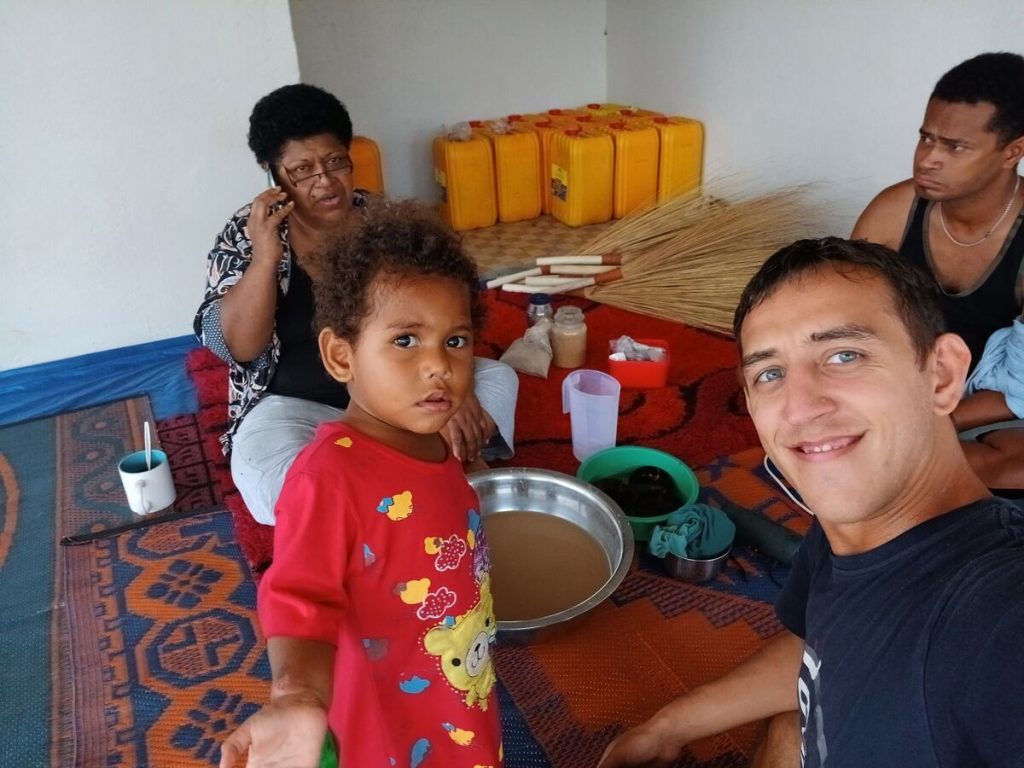
Bargaining
Haggling over prices is not common in Fiji.
There are some places where you should definitely bargain before that though, such as:
- The touristy handicraft market in Nadi
- Small Indian-owned stores
And if you feel that you’re getting ripped off because you’re a foreigner – ask for a better price. The worst that could happen (assuming you’re polite) is they say no.
Tipping
Tipping is not customary in Fiji.
There may be a service charge to your bill in high-end restaurants. Other than that, there is no expectation for a tip. The displayed price is what you pay.
Frequently Asked Questions
Let’s answer some of your most burning questions about money in Fiji.
What is the ATM withdrawal limit in Fiji?
ATMs commonly have a withdrawal limit of 400 FJD.
This sucks if you have to pay a withdrawal fee every time but if you use ATMs of Bank of Baroda, there is no fee and you can withdraw multiple times.
Can you use US dollars in Fiji?
No. All prices in Fiji are in Fijian Dollars and payable in such. Even tours and activities are priced in FJD and payment (which you can do by card) is in Fijian Dollars.
If you’re bringing US dollars in cash, you can easily exchange them for Fijian Dollars on land.
Can you use Revolut in Fiji?
Yes, Revolut cards work in Fiji. Both VISA and Mastercard work. You can withdraw from ATMs and pay on POS terminals with your Revolut card.
As a matter of fact, I paid for most of my purchases during my Fiji trip using my Revolut card.
Similar fintech apps like Wise, Monese, Curve, N26, and Starling also work there.
If you found this helpful, check out this guide to money in New Zealand too.

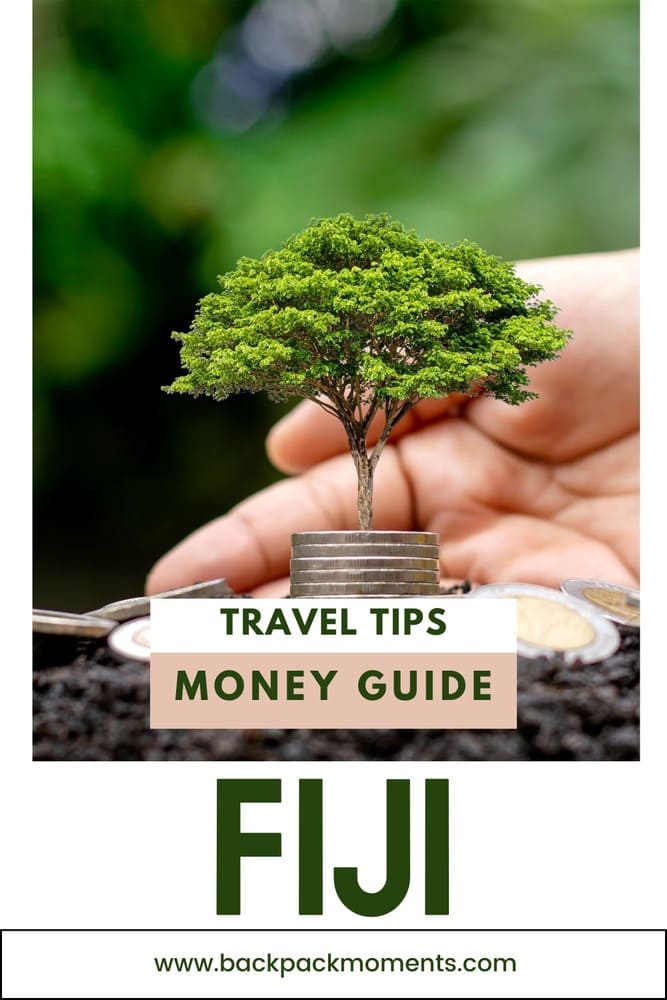

Heya, yes! It’s in my list of favourite apps for backpackers.
However, it has around 50 countries only, so it’s not the ultimate fix 🙂
-S.